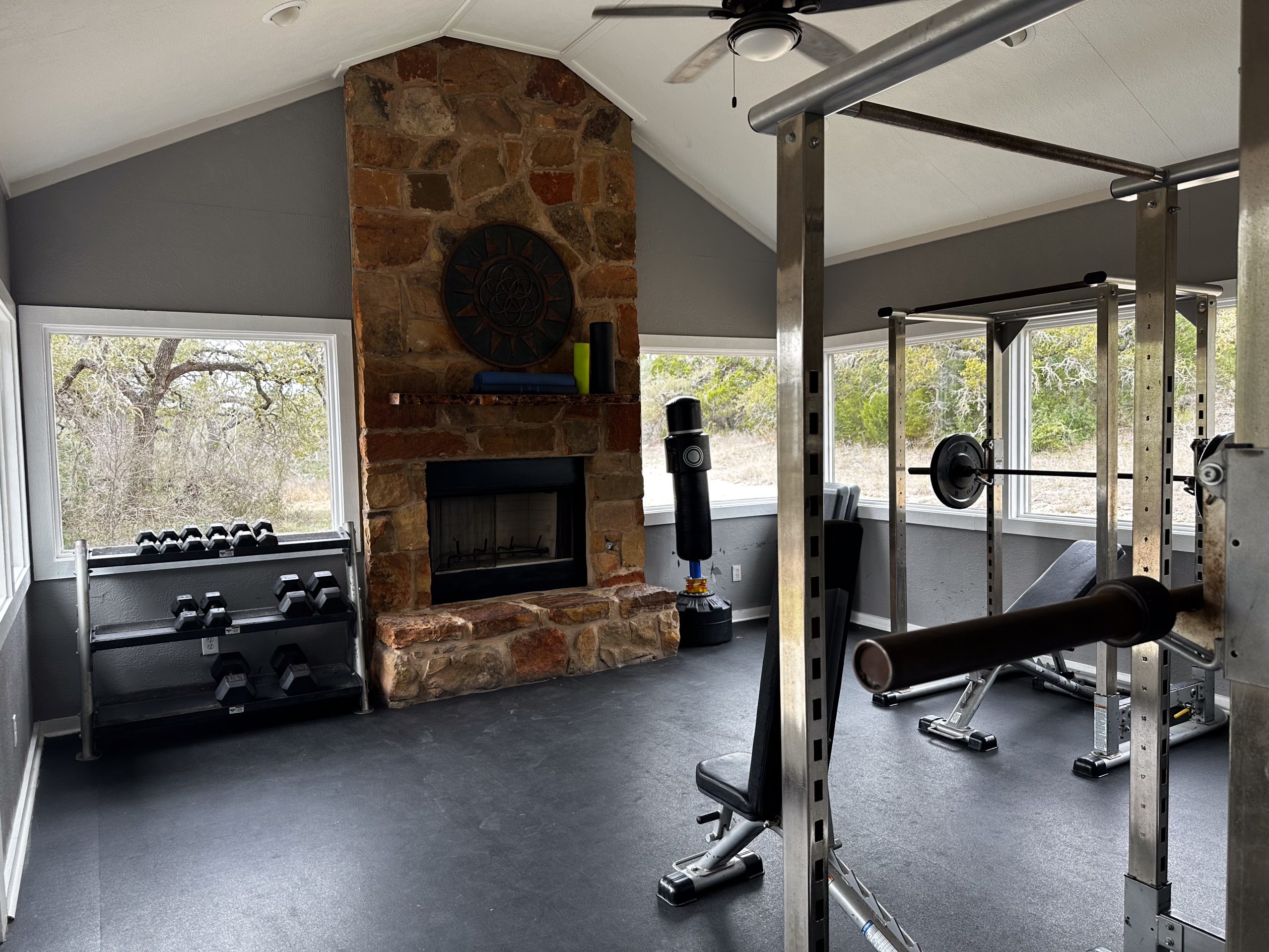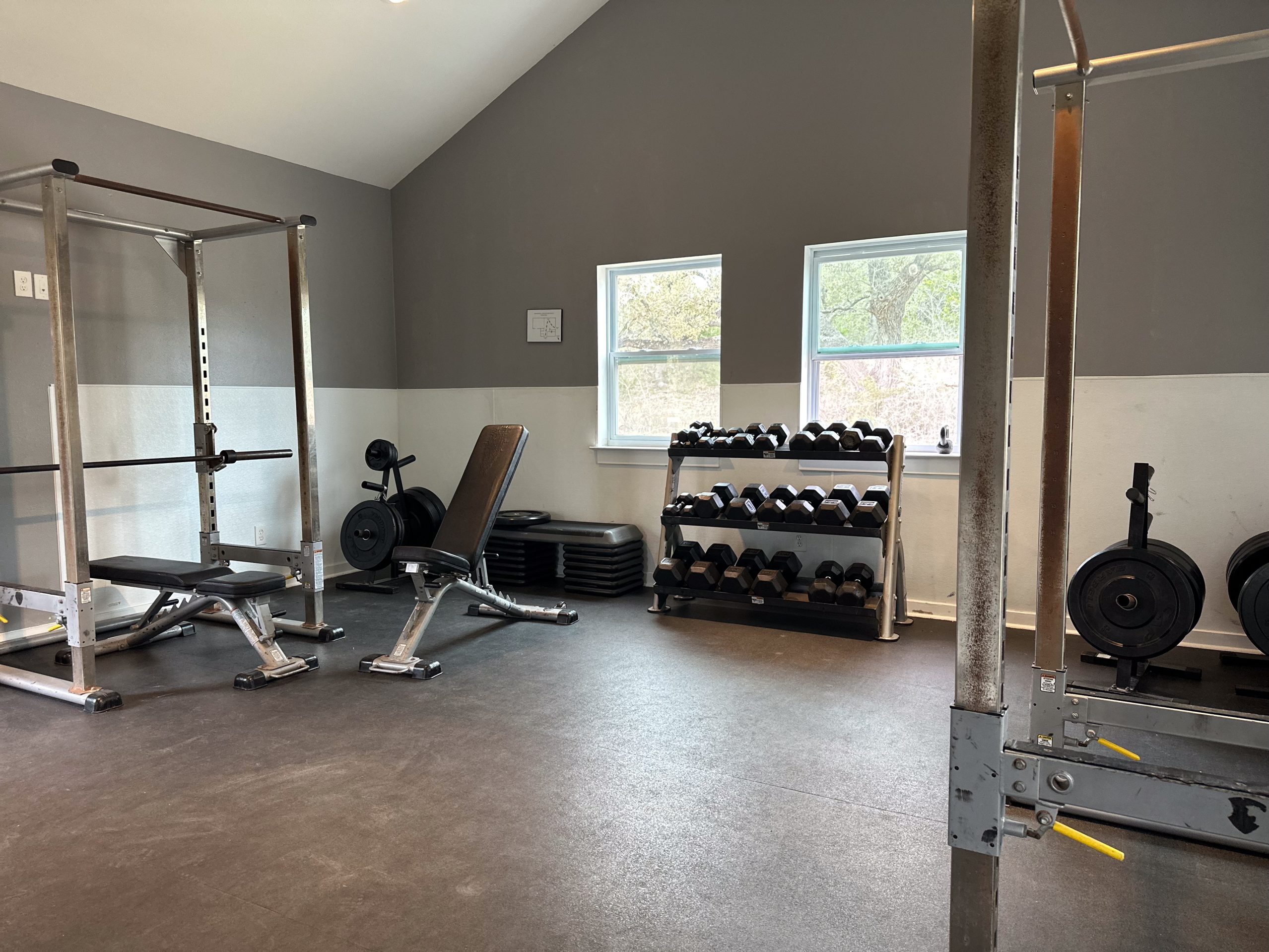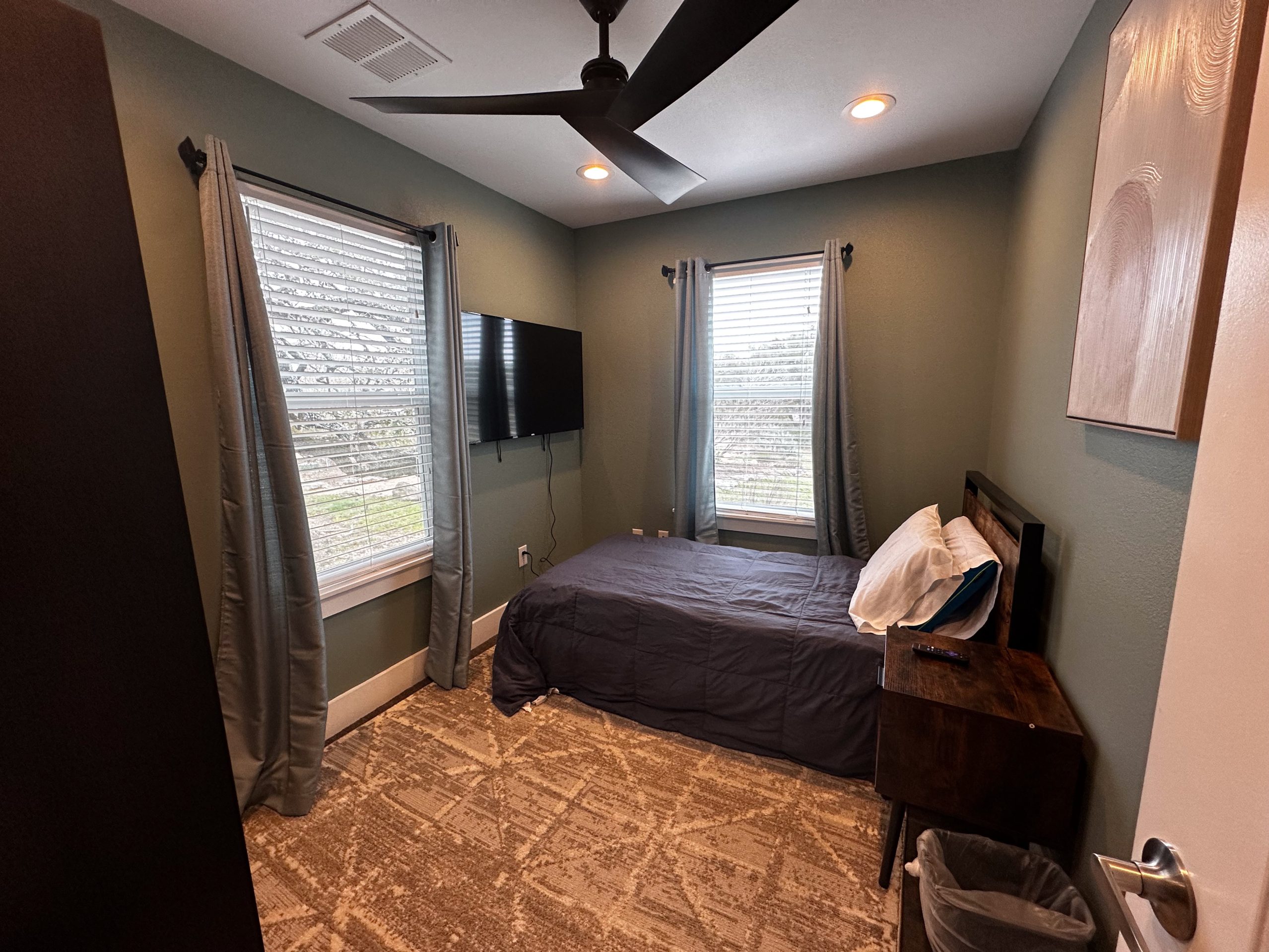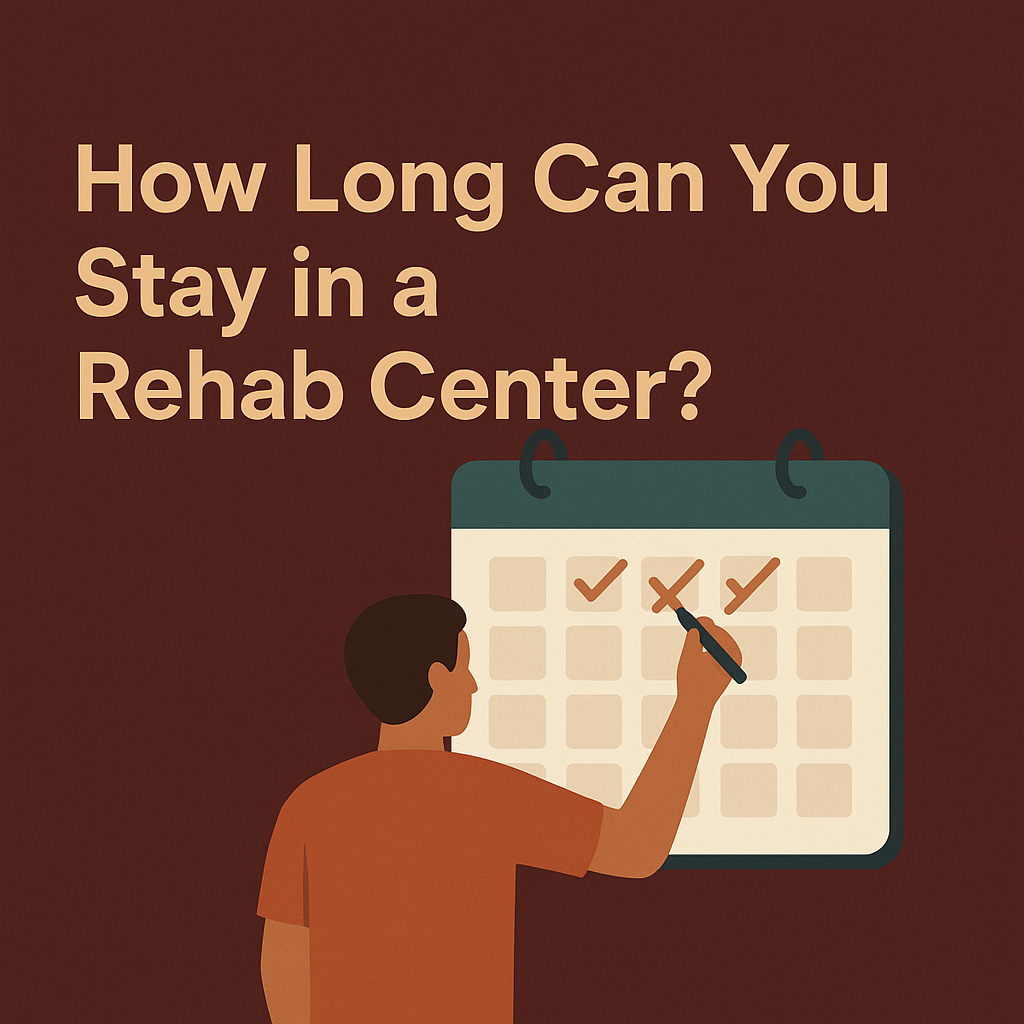Last Updated on August 11, 2025
How Long Can Someone Stay in Rehab? Understanding Substance Abuse Treatment Durations
When considering substance abuse rehabilitation, one of the most common questions is: How long can you stay in a rehab center? The answer varies. Rehab programs come in different lengths, such as 30-day, 60-day, 90-day, or even longer-term residential stays. Ultimately, the right duration depends on each person’s unique needs and progress. Research shows that staying in treatment long enough increases the chances of successful recovery. However, the specific length will differ from person to person.










Why Time in Treatment Matters
Longer treatment usually leads to better outcomes in recovery. In fact, studies show that individuals who remain in treatment for at least 90 days have lower relapse rates. On the other hand, shorter programs often fail to address the root causes of addiction. Many people need time to heal physically and mentally. Additionally, they need time to develop coping skills that help them stay sober after treatment.
The 90-Day Benchmark
Research shows that patients who stay in rehab for 90 days or more have significantly better outcomes than those who leave earlier. For instance, those who leave before the 90-day mark often relapse at rates similar to people who quit after only a few days. In contrast, those who stay longer than 90 days tend to have more stable recoveries. As a result, longer stays allow for more comprehensive care and time to build healthy habits.
Brain Recovery Takes Time
Addiction alters brain chemistry, especially in areas that manage stress, impulse control, and decision-making. These changes don’t reverse overnight. Therefore, treatment provides structure and guidance to help people retrain their brains and bodies. A longer rehab stay gives patients the opportunity to practice new habits in a safe and supportive environment.
Freedom Starts Here. Take Back Your Life Today.
Same-Day Admissions in Austin Available.
Typical Program Lengths at Rehab Centers
Rehab centers usually offer several treatment timelines. Below are the most common options to consider:
30 Days of Structured Support
These short-term programs are intensive and often include detox and early therapy. A 30-day program may work well for people with mild addictions or those who can’t commit to longer stays. However, this duration may not be enough for lasting change. Consequently, many people follow up with outpatient care to continue their recovery.
The Benefits of 60 Days in Rehab
A 60-day program provides more time for therapy and building routines. It allows deeper exploration of underlying issues. Moreover, patients have more time to learn and apply relapse prevention skills. For those needing more than 30 days but not a full 90, this can be a good middle ground.
Why 90 Days Is Often Recommended
This is often seen as the gold standard for effective treatment. A 90-day stay gives people the best chance at lasting recovery. During this time, patients get enough time to detox, stabilize, and work through the emotional and psychological roots of addiction. They also practice new skills in a safe, supportive setting.
Long-Term Rehab Options
Some individuals benefit from six months to a year or more in treatment. Long-term programs are ideal for people with severe addiction, repeated relapses, or co-occurring mental health issues. These programs often resemble therapeutic communities. Residents live in a structured environment while receiving ongoing therapy and life skills training.
Factors That Affect Treatment Duration
Several personal and medical factors play a role in determining the ideal rehab timeline.
Addiction Severity
People with long-term or severe substance use disorders may need more time in treatment. In these cases, short-term stays might not give them the time they need to fully recover.
Substance Type and Use History
Different drugs affect the body and brain in different ways. For example, opioid and methamphetamine addictions often require longer treatment than alcohol or marijuana misuse.
Mental Health Considerations
People dealing with both addiction and mental health issues typically need more time in treatment. Addressing both conditions thoroughly takes longer and requires specialized care.
Previous Rehab Experiences
Those who have relapsed before may benefit from longer stays. If previous short-term treatments didn’t work, a more extended, structured approach might be necessary.
Other Outpatient Drug and Alcohol Rehab Locations
How Rehab Centers Tailor Treatment Plans
Treatment plans aren’t static. Instead, professionals continually assess each patient’s progress and adjust the plan as needed.
Evaluating Progress and Making Adjustments
Counselors and clinicians use check-ins and progress evaluations to determine whether a person is ready to move on. If someone isn’t meeting certain milestones, extending their stay may be the best option.
Options for Continued Support
Some rehab centers allow patients to extend their stay if they need more support. These extensions help ensure individuals aren’t pushed out of treatment before they’re ready. In this way, the goal remains long-term recovery, not rushing through a program.
Life After Rehab: Maintaining Momentum
Leaving a rehab center doesn’t mean treatment is over. In fact, aftercare plays a crucial role in maintaining sobriety.
Outpatient Therapy and Transitional Care
Many patients move from inpatient rehab to outpatient therapy. This step-down approach helps them apply what they’ve learned in real life while still receiving support.
The Role of Sober Living Homes
Sober living homes offer a drug-free environment with peer support. They help people transition gradually back into daily life. Additionally, these homes often require participation in therapy and support groups.
Community and Peer Support
Attending regular support group meetings and therapy sessions reinforces sobriety. Ongoing support is often the key to long-term success. Recovery doesn’t end after rehab—it continues with every sober choice.
Freedom Starts Here. Take Back Your Life Today.
Same-Day Admissions in Austin Available.
Final Thoughts on Rehab Timelines
There’s no one-size-fits-all answer to how long someone should stay in a rehab center. Common options include 30, 60, and 90-day programs. For many, 90 days serves as the minimum for effective treatment. Others may require longer, especially if they have severe or long-standing addictions.
The right length of stay depends on many factors, including the type of substance used, mental health conditions, and prior treatment history. Treatment should last as long as needed to build a strong foundation for recovery. Additionally, aftercare is essential and should be part of every recovery plan.
Successful rehab isn’t about checking a box for a certain number of days. Instead, it’s about staying in treatment until you’re truly ready to live a sober life with confidence and stability.







